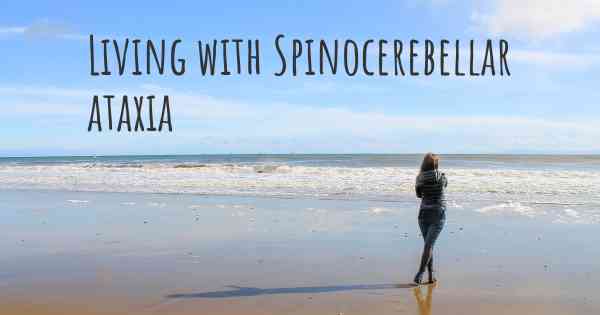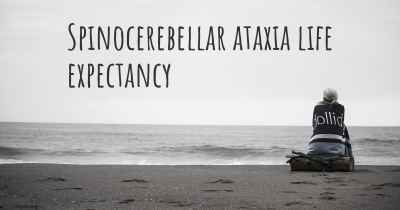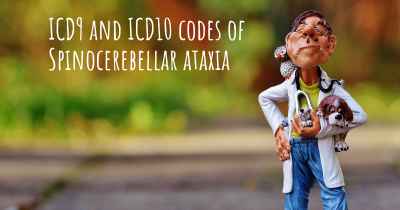Living with Spinocerebellar ataxia. How to live with Spinocerebellar ataxia?
Can you be happy living with Spinocerebellar ataxia? What do you have to do to be happy with Spinocerebellar ataxia? Living with Spinocerebellar ataxia can be difficult, but you have to fight to try to be happy. Have a look at things that other people have done to be happy with Spinocerebellar ataxia

Living with Spinocerebellar Ataxia
Spinocerebellar ataxia (SCA) is a group of genetic disorders that affect the cerebellum, the part of the brain responsible for coordinating movement. Living with SCA can present various challenges, but with the right strategies and support, individuals can lead fulfilling lives. Here are some tips and recommendations for managing life with Spinocerebellar ataxia:
1. Seek Medical Guidance
If you have been diagnosed with SCA, it is crucial to work closely with your healthcare team. Regular appointments with neurologists, physical therapists, and other specialists can help monitor your condition, manage symptoms, and provide appropriate treatment options.
2. Stay Active and Engaged
Physical activity plays a vital role in managing SCA. Engaging in regular exercise, such as walking, swimming, or cycling, can help improve balance, coordination, and muscle strength. Consult with a physical therapist to develop a personalized exercise plan that suits your abilities and limitations.
Additionally, it is important to stay mentally and socially active. Participate in activities that stimulate your mind, such as puzzles, reading, or learning new skills. Join support groups or connect with others who have SCA to share experiences, gain support, and learn coping strategies.
3. Adapt Your Environment
Modifying your living environment can greatly enhance your safety and independence. Consider the following adjustments:
- Remove hazards: Clear pathways of clutter, secure loose rugs, and install handrails or grab bars where needed.
- Improve lighting: Ensure rooms are well-lit to minimize the risk of falls.
- Use assistive devices: Utilize mobility aids, such as canes or walkers, to provide stability and support.
- Consider home modifications: Adapt your home with features like ramps, stairlifts, or bathroom modifications to accommodate changing needs.
4. Manage Symptoms
SCA symptoms can vary from person to person, but there are strategies to help manage them:
- Balance and coordination exercises: Engage in specific exercises recommended by your physical therapist to improve balance and coordination.
- Speech and swallowing therapy: If SCA affects your speech or swallowing, working with a speech therapist can help improve communication and prevent complications.
- Medication: Some medications may help alleviate certain symptoms of SCA. Consult with your doctor to explore potential options.
- Assistive devices: Use assistive devices like orthotic braces, communication aids, or specialized utensils to compensate for specific challenges.
5. Prioritize Emotional Well-being
Living with SCA can be emotionally challenging. It is important to prioritize your mental and emotional well-being:
- Seek emotional support: Reach out to friends, family, or mental health professionals who can provide understanding and support.
- Practice stress management: Engage in relaxation techniques, such as deep breathing exercises, meditation, or yoga, to reduce stress and promote overall well-being.
- Join support groups: Connecting with others who share similar experiences can provide a sense of belonging and understanding.
6. Plan for the Future
As SCA is a progressive condition, it is important to plan for the future:
- Financial planning: Consider consulting a financial advisor to help manage expenses related to medical care and potential lifestyle changes.
- Legal considerations: Discuss advanced directives, power of attorney, and other legal matters with an attorney to ensure your wishes are respected.
- Explore assistive technologies: Stay informed about advancements in assistive technologies that can enhance independence and quality of life.
Remember, each person's experience with SCA is unique, and it is important to tailor strategies to your specific needs. By staying proactive, seeking support, and adapting to changes, you can lead a fulfilling life despite the challenges posed by Spinocerebellar ataxia.








